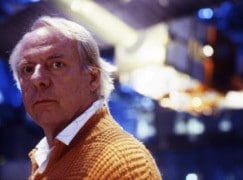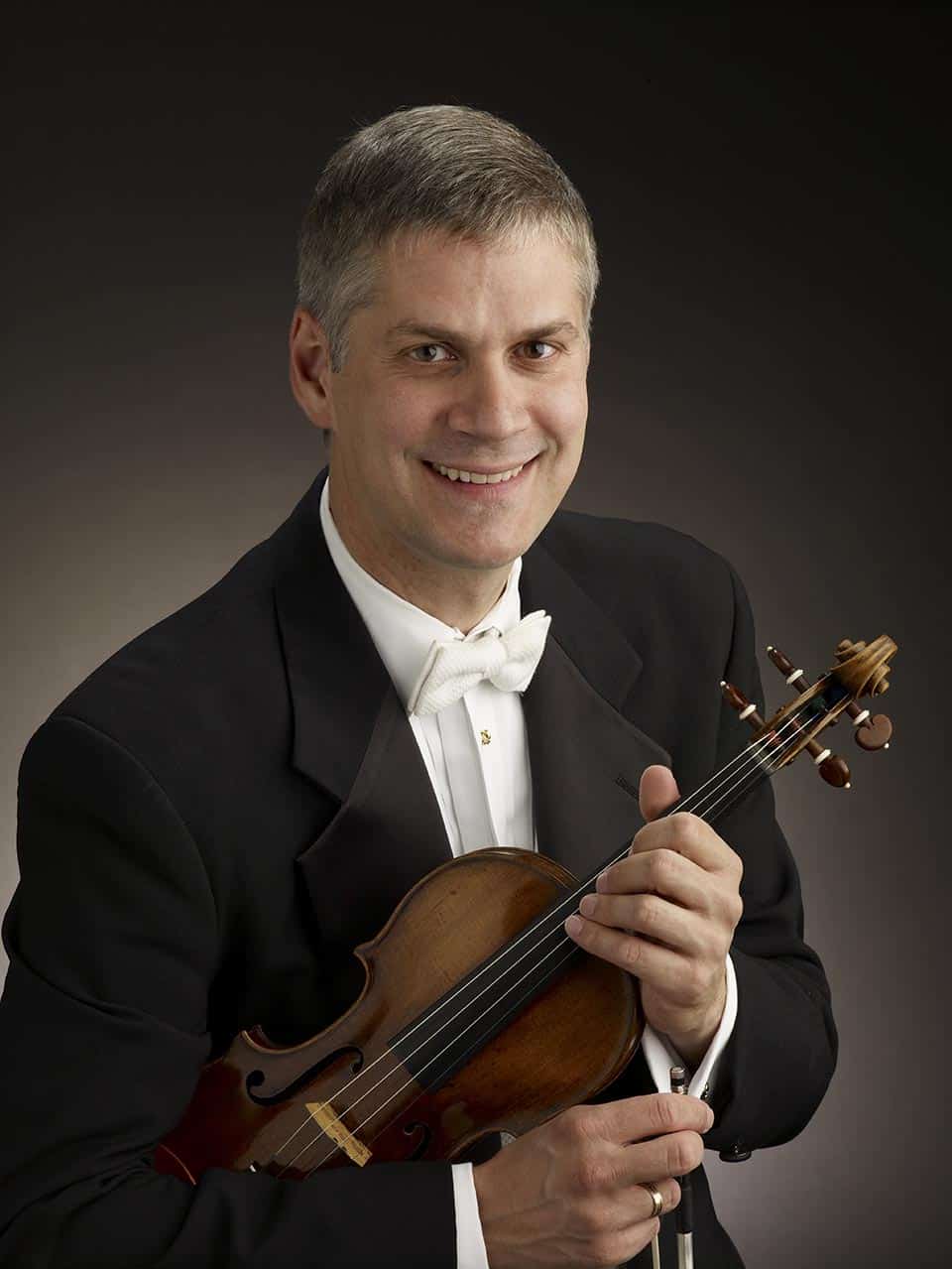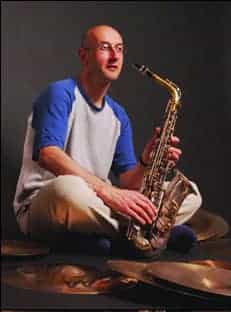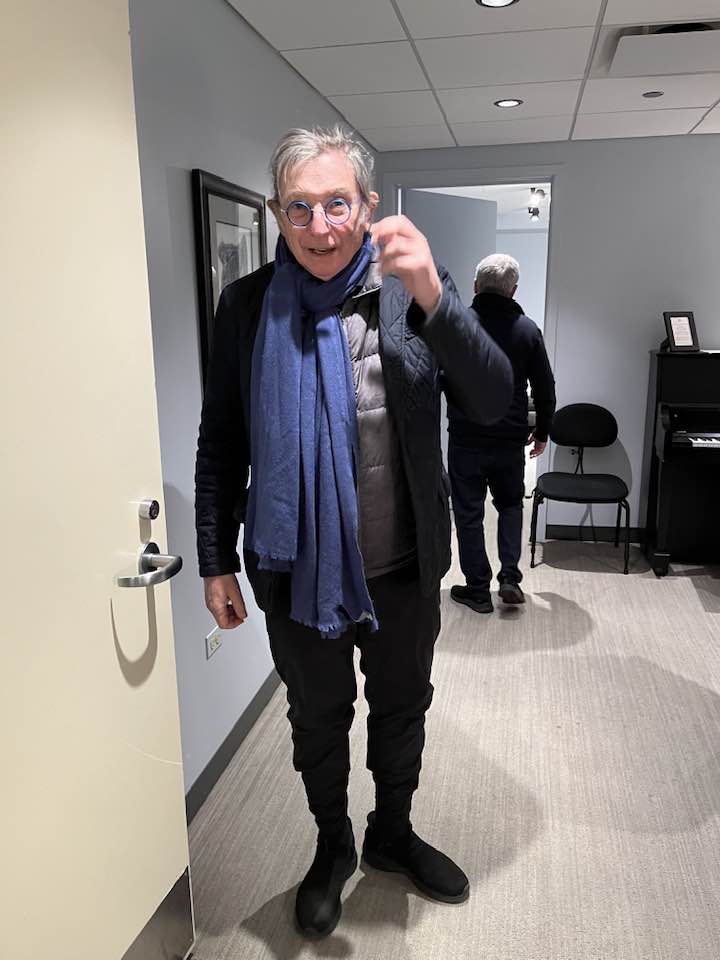Watch: 3 conductors rehearse Stockhausen’s Gruppen
mainIt takes three to bring off this costly rarity.
The performers in tonight’s Hamburg performance are: Radio-Symphonieorchester Wien, conductors Cornelius Meister, Duncan Ward and Dietger Holm.
Break a baton.
UPDATE: Here’s a Japanese version:
いよいよ今週金曜に迫った京響創立60周年記念特別演奏会 シュトックハウゼン作曲 3「グルッペン」、京響の3人の常任指揮者による熱の入ったリハーサルの模様、を少し覗き見です。https://t.co/9EdcOcIWK6 pic.twitter.com/nHUsxnv551
— AMATI(アマティ) (@AMATI_Inc) December 20, 2016






I prefer this version to the original, and it highlights the conductors better than with all those desperate players around.
Three conductors but only one can be the Gruppen Fuhrer.
Heil Karl Heinz!
In the performance in autumn 2008 in Helsinki, the three conductors (Kimmo Hakola, Magnus Lindberg, and Sakari Oramo) wore microphone headsets so that they could quietly signal to each other. Has this strategy been taken up by any other performers?
In the Berlin performance, at Tempelhof, I think the conductors wore headsets.
Found it on youTube. No headsets. Show’s what my memory’s worth.
Apart from the silliness to need three different (?) orchestral ensembles and dito conductors, this piece is interesting for its historical significance: the idea of multidimentional music taken literally, in terms of sonic art. In music, spaciousness is suggested within the music itself, it is worked into the structure, as in Debussy’s La Mer which has enough of an entirely regular orchestral constitution to suggest infinite space, fore- middle- and background. Such music produces spatial effects through the creative, subjective imagination. Also many places in Wagner get such effects. Literal spaciousness are an exception: the Fern-Ensemble in Don Giovanni, Mahler’s brass behind the walls, Strauss dance band behind the decor in Rosenkavalier.
The literalness in Stockhausen is the result of a purely materialistic mode of thinking; ‘space’ must be ‘real’, as all the sounds are ‘real’ and only ‘mean’ themselves, objectively. It is an art with the subjective layer removed so that only the material level remains. Space should not be a product of the imagination but be presented for real, for the audience to see it is really THERE, defined by three ensembles and three conductors in case some listener shoud still doubt it. After WW II this was seen as ‘progress’, because the war was the result of an over-emotional and thus decadent civilization. So, away with the subjective factor and let’s concentrate on the clean slate covered with free dissonances and randomly organized aural patterns – to do in ‘music’ what Jackson Pollock does with ‘painting’ (his ‘dripping’ canvasses).
Someone may have said it in another thread, but in the concert in Kyoto the Gruppen was played twice. No seat assignment and the audiences were able to move the seat during the intermission. The work for 5 orchestras with 5 conductors(…sorry my ignorance…) of John Cage between two Gruppen.
Same when the London Sinfonietta did it at RFH in 2013.
Well, probably Kyoto heard about the concert in London and they used this idea to celebrate the 60th anniversary of orchestra.
A couple of years ago the ‘Helicopter Quartet’ was ‘performed’ at the Holland ‘Festival’, with expenses à EU 100,000.– per helicopter. People following the ‘piece’ with the ‘score’ had no clue what was actually ‘happening’. But the pilots had a great time, each of the four vehicles transporting a violently scratching player. According to a post festival report, when they came home, they expressed great satisfaction to their wives to have contributed so much to musical culture. One of them said, in an interview: ‘I don’t care a damn about classical music but THIS I loved. Give me this Stockthing any time.’ He informed the Festival staff he would be prepared for any future performance with the greatest pleasure. That is what commitment to new music means.